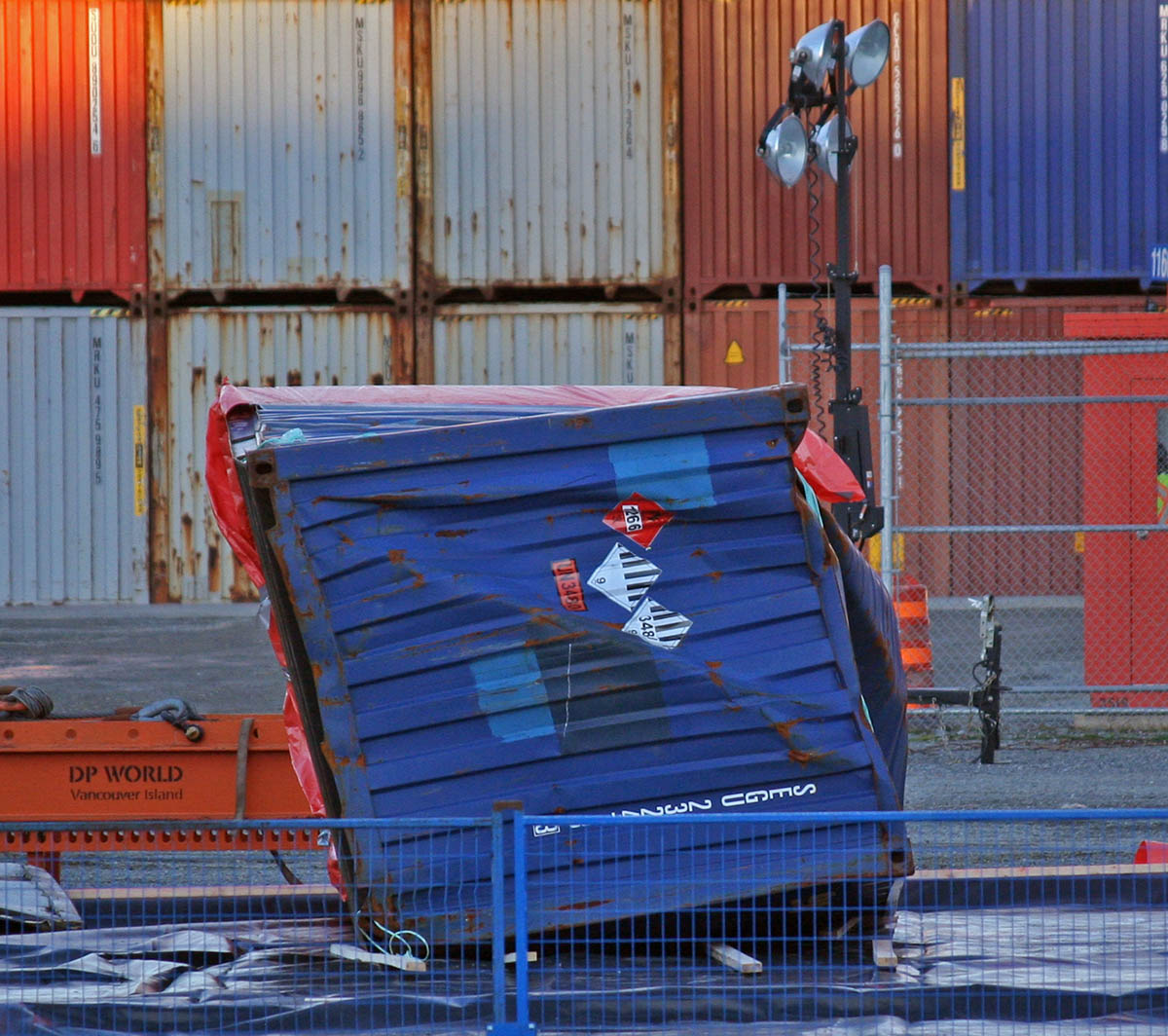My TEU is bigger than yours
OK so some of you might be wondering why is there so much dated news here…. Well I am a sailor so it is a matter of custom to have “latest news” being dated about a year after it happened. Lately I have had some time to go through it, the results are these little posts.
This little gem below, from June 2006, from Canadian Sailings, Tom Peters writes a really neat article, I thought, because it brings us into perspective. Some, like me, complain that we are wasting away our potential, and not aggressively pursuing higher ideals when it comes to the Canadian maritime industry, settling for antiquated rules and attitudes that will see us pushed to the sidelines as our natural resources flow out of Canada on third world countries ships, that we “mock”.
I wouldn’t call a recent trip to China an eye-opener. It was more like a jawdropper.
The two-week journey with a delegation from the Port of Halifax, which was visiting a number of ports, terminal operators, shipping lines, freight forwarders and others, pretty much spelled out where China is in the container cargo world and where it wants to be.
The trip gave the Halifax port people an opportunity to sit down with their counterparts in Hong Kong, Guangzhou and Shanghai, as well as Seoul and Taipei, to hear about advancements in their ports, and also to talk about what Halifax has to offer in terms of berth, terminal and rail capacity, deep water, and so on. It also gave the delegation the chance to try to convince carriers to take a solid look at moving cargo to North American markets through the Suez Canal and over the Port of Halifax.
The meetings were cordial, and some more beneficial than others. Only time will tell if they will lead to new business.
But what the Halifax people did come away with, including myself, was a real look at the enormity of China’s container cargo sector, and what the country is doing to make it even bigger.
If you think Canada, or North America, for that matter, are in the same container league as China, think again. Not only are we not in the same league, we are not even in the same game.
Here are some basic TEU comparisons. In 2005, the busiest port in Canada was Vancouver, which handled some 1.7 million TEUs. Montreal moved about 1.2 million and Halifax 550,000. Los Angeles, the busiest container port in North America, handled about 7.5 million, and New York some 4.8 million.
Let’s look at 2005 numbers in China. The Port of Hong Kong, with several terminal operators and 100 ship cranes, handled 22.6 million TEUs and will move 27.9 million by 2010 and 40 million by 2020.
In Hong Kong harbour alone, a ship-to-barge operation, considered archaic by their standards, does 3 million TEUs a year.
The Shanghai Municipal Port Administration Bureau, which has several ports under its jurisdiction, including the new Port of Yangshan still under construction and with only one of four terminals operating, handled 18 million TEUs. By 2015, it will be moving 25 million TEUs.
Near the mouth of the Yangtze River, the Port of Yangshan is an enormous project that has already cost billions of dollars, and there are still a few years to go before it is completely finished. At thPublish Postat time, the deepwater port will comprise four major terminals with 52 berths stretched over two kilometres. The port has been built on Big and Little Yangshan islands, about two hours south of Shanghai in Hangzhou Bay.
Just to get to the island and the port, the Donghai Bridge – six lanes wide and 33 kilometres long – was constructed from the mainland. It cost an estimated C$2 billion.
The one terminal now in operation is served by 18 super-post-Panamax cranes and several yard gantry cranes that can stack containers seven high.



